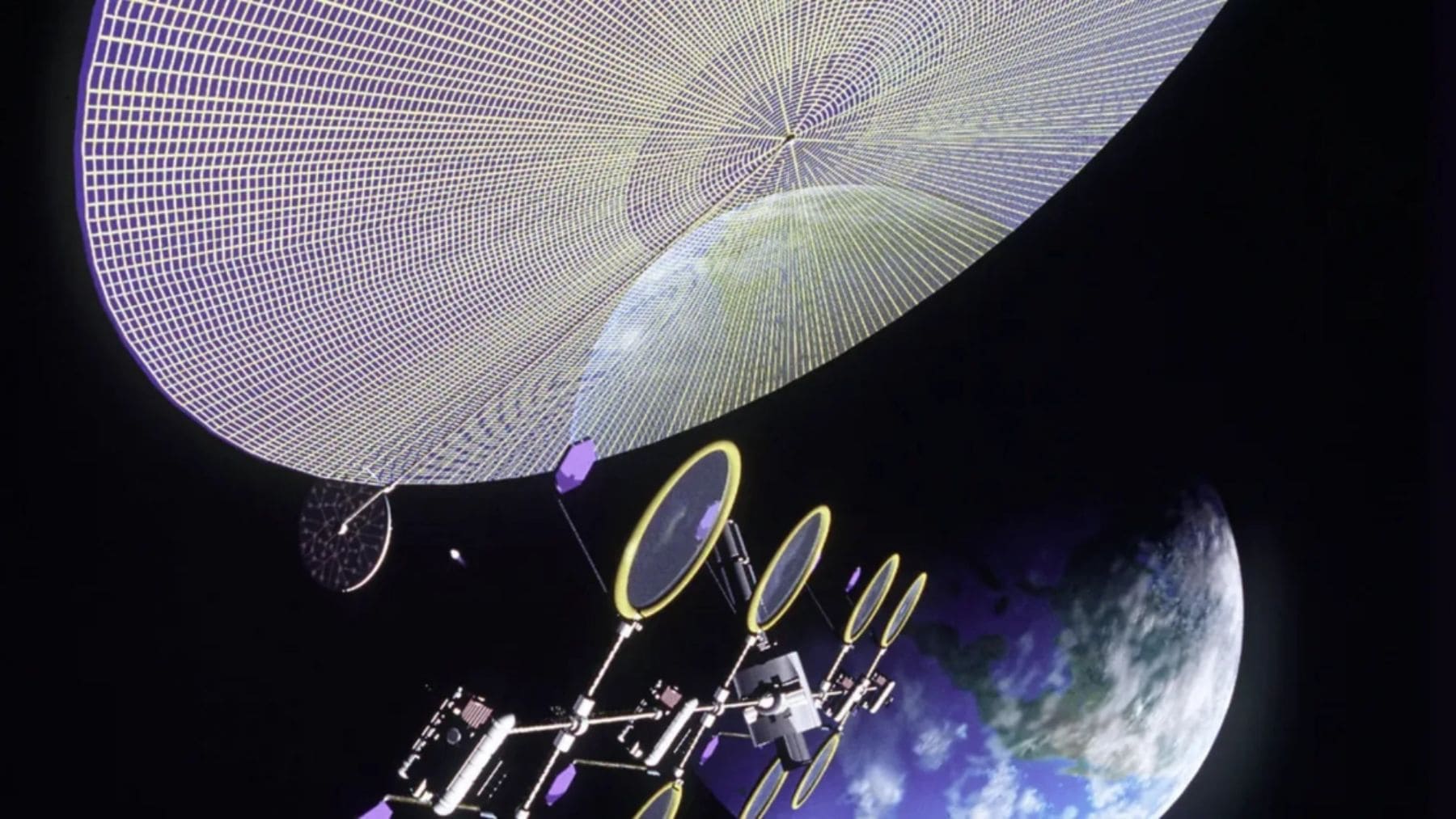A 100-year myth in space has finally been confirmed. Could a century old dream be becoming reality? Scientists and researchers alike have always wondered of the possibility of collecting solar energy from beyond Earth and transmitting it back to earth. However, an idea pioneered by Russian, Konstantin Tsiolkovsky, back in the 1920s may be slowly becoming a reality. Thankfully, science fiction can now be turned into science reality.
Expanding on Tsiolkovsky’s theory
Back in the 1920s, Konstantin Tsiolkovsky put forward a theory of making use of space to collect solar power. Stemming from his vision was the idea that orbiting mirrors could be used to shine sunlight onto the Earth’s surface. Tsiolkovsky also theorized using satellites to direct energy to the Earth with radio waves. At that time, such technological advances to make this theory a possibility were unheard of.
For long Tsiolkovsky’s curiosity remained a concept only possible in the perhaps the very far future. The call to put Tsiolkovsky’s research into practice has come due to the impending climate crisis and the increase in the demand for energy.
Now, the core premise of Space-Based Solar Power (SBSP) has gained much attention. The proposal is to put massive solar panels in orbit to enable them to harness sunlight for 24 hours, that too, free from atmospheric interference. This gathered energy will thereafter be beamed wirelessly back to Earth. With SBSP, constant and clean energy will be offered.
The introduction of space discs
SBSP can become a reality only because of space discs that will float around in space, gaining solar energy. To enable these discs to power the Earth, three challenges need to be overcome. These challenges include:
- Deploying space discs into orbit
- Converting the energy into a form that can be beamed back to Earth
- Safely sending energy to the Earth
Ideas put forward by NASA and other international agencies picture the conversion of solar energy into laser-based or microwave beams. Such beams would then be directed at the antenna or rectenna located on the ground, where the beams will be reconverted into electricity.
Thus far, microscopic simulations as well as prototypes have produced hopeful results. A satellite-based system has been manufactured by the Japan Aerospace Exploration Agency (JAXA) that allows for efficient power transmission. China has mentioned its own SBSP project, called Omega, that will deliver approximately two gigawatts of power by 2050.
The idea is for the SBSP to offer a solution to the global energy problem, and thus, countries throughout Asia, Europe, and North America are funding all of the SBSP’s initiatives with the hope that soon energy will be fully decarbonized.
Paving a pathway towards space
With the SBSP, we can pave a pathway towards space to make energy generation from space back to Earth a possibility. However, NASA’s Office of Technology, Policy, and Strategy (OTPS) states a key setback. The problem lies with the assembling and keeping of such giant structures in geostationary orbit. Furthermore, developing an autonomous system to control these structures and launch them would cost an arm and a leg.
Despite the hurdles, NASA is continuing to try. NASA realizes that these systems come with hefty price tags, however, the investment in space energy would pay off for decades to come. NASA is thus footing the cost of relevant technologies, including that of autonomous robotics.
There is a need for net-zero carbon emissions, and the SBSP can achieve all net-zero carbon emission goals. One scientist’s curiosity all those years ago could pay off as solar discs launched in space could power the globe and prevent climate change. Science fiction from the 1920s has now turned into a scientific reality, and we have Konstantin Tsiolkovsky to thank.














